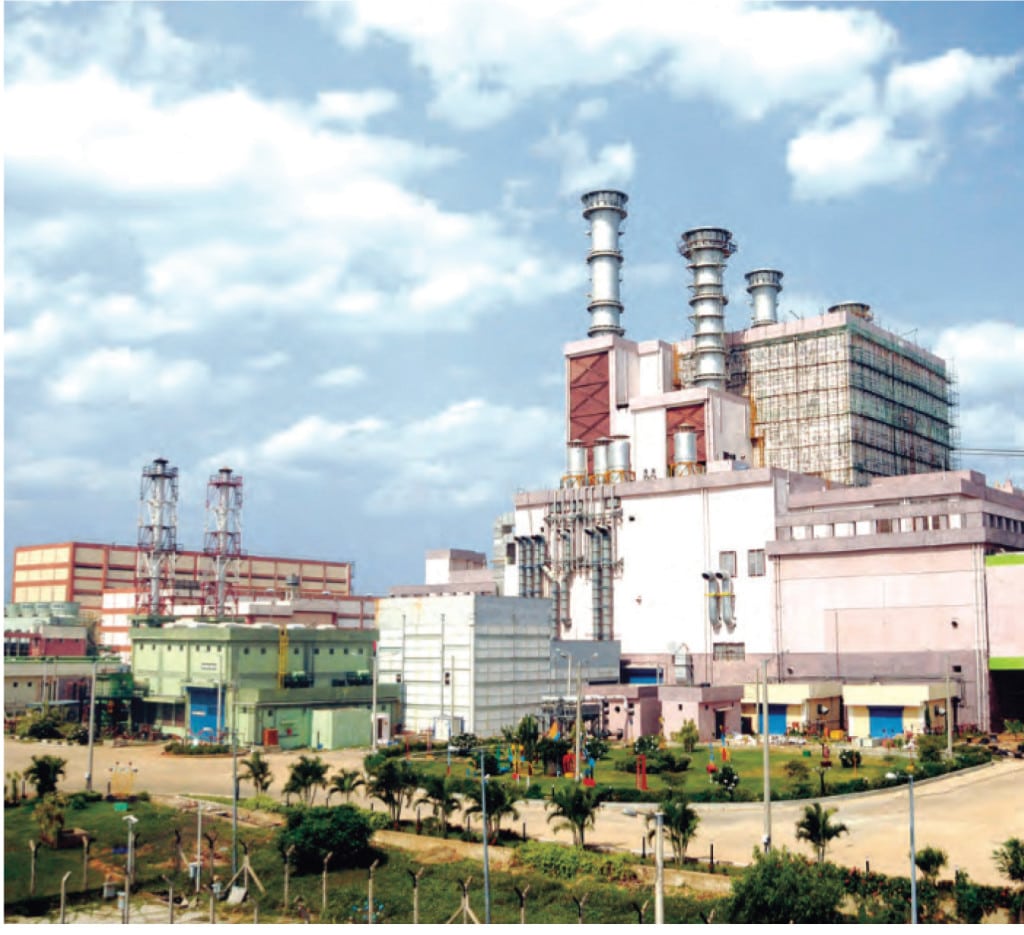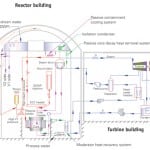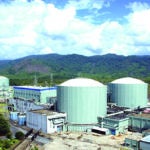India’s Department of Atomic Energy, the entity responsible for research, construction, and operation of the country’s nuclear power reactors, will build two prototype fast-breeder reactors (PFBRs) at Kalpakkam in Tamil Nadu. The site already hosts a 500-MW PFBR that is expected to be fully operational this October.
The government body said in early February that the two PFBRs of 600 MW each are still in the engineering phase. Construction of the reactors could begin by 2021, by which time “adequate performance feedback on full power generation” from the 500-MW PFBR would be available. In the long term, the government wants to build four more fast reactors at a different site, and the process of forming a site-selection committee is ongoing.
While the global spotlight is fixed on India’s massive coal-fired power capacity expansion, the country with meager uranium reserves has been pressing on with a unique long-term program that pushes for research and development of nuclear reactors using all three main fissionable materials: uranium-235, plutonium, and uranium-233 (U-233). The three-pronged program, developed largely during the country’s almost 30-year-long isolation from international nuclear trade, also factors in India’s abundant thorium resources, which constitute 25% of the world’s total reserves.
The first step of the three-stage program involves building indigenously engineered pressurized heavy-water reactors (PHWRs) and light-water reactors to produce plutonium. The second stage uses fast-neutron reactors fueled by plutonium to breed U-233 from thorium. In the third stage, using wholly indigenous technology, the country will use advanced heavy-water reactors fueled with U-233 obtained from the irradiation of thorium in PHWRs and fast reactors.
Commercial operation of the 500-MW PFBR at Kalpakkam—which will be the first of its kind in the world when it is commercially operational—will mean India has attained the second stage of the program. All construction activities at the PFBR are complete, and integrated commissioning is under way, the government said.
The sodium-cooled, mixed oxide–fueled, pool-type fast reactor project (Figure 4) got its start in October 2003, when the government of India set up a wholly owned enterprise, Bharatiya Nabhikiya Vidyut Nigam Ltd. (BHAVINI), solely focused on the construction, commissioning, and operation of the 500-MW PFBR. Construction on the reactor based on design and technology developed at the Indira Gandhi Centre for Atomic Research began in October 2004. It was originally anticipated that the project would take eight years to complete.
Minister of State in the Prime Minister’s Office Jitendra Singh said in a written statement to the Rajya Sabha, India’s upper house of parliament, that recent delays at the PFBR are “primarily due to augmentation of certain additional assessments and checks on the installed equipment prior to commencement of their commissioning.”











